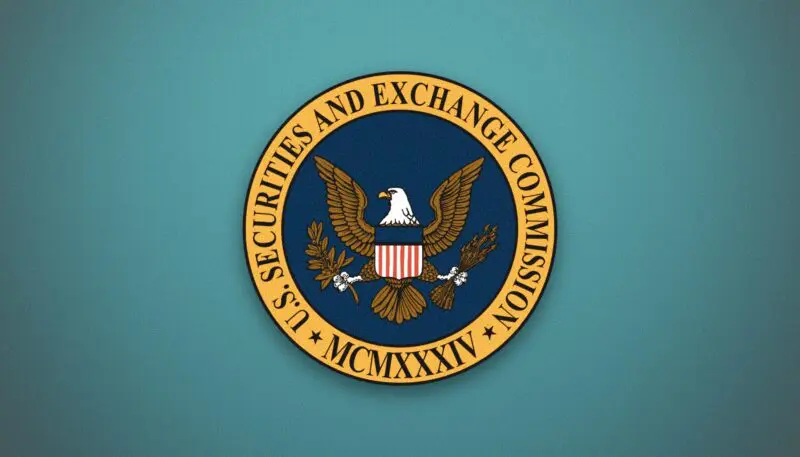Recently, the Delaware Chancery Court ruled on a dispute that heated up between a hedge fund manager and the fund’s seed investor. First, a quick summary of the events leading up to the case: A seed investor provided a large initial investment in a hedge fund. Pursuant to a seeder agreement, the investor had a three-year lockup period, which provided that the investor could not withdraw its capital for three years. However, there was also a “gate” provision in the fund’s limited partnership agreement, which permitted the fund manager to stop outflows of capital if it would result in more than 20% of the total assets of the hedge fund being withdrawn in any six-month period. Gate provisions are designed to prevent a situation where some investors withdraw such a large amount of capital from the fund that the investors who remain are harmed by the capital flight. The intent behind the seed investment was that the fund manager would solicit other investors to join the fund during the three-year lockup period. Because the fund manager was unsuccessful at soliciting additional investors, the seed investor desired to withdraw their capital at the end of the third year. The fund manager decided to apply the gate provisions to that withdrawal, restricting the withdrawal to 20%. As a result, litigation ensued.
The investor won the case in the Delaware Chancery Court largely on contract interpretation principles and the basis that the fund manager owed the investor a fiduciary duty and thus could not act against its sole investor’s best interests. This result is largely unremarkable since the investor was substantially the only investor in the fund, and consequently, there were no other investors for the gate provision to protect. What is remarkable is the failure of the attorneys of both the fund manager and the investor for failing to spot this issue when they were negotiating the seeder agreement.1 The gate provision of the fund limited partnership agreement and the seeder agreement were in fundamental conflict. It should have been clear from the language of the seeder agreement that either the gate provision applied to any withdrawal after the three-year lockup or that the three-year lockup was in lieu of the gate provision and that such provision was waived for a withdrawal by the seed investor. The presence of such a clarification would have almost certainly avoided this dispute.
Therefore, the lesson is clear: when negotiating a side letter2 between an investor and a fund, it is important to review the fund governing documents to ensure there are no conflicts (or ambiguities creating potential conflicts) between the provisions of the side letter and the fund governing documents. The side letter should make it clear what rights the fund manager is and is not waiving. Failing to do this can result in expensive litigation down the road.
Case Referenced: Paige Capital Management v. Lerner Master Fund
Footnotes
1 Although after reading pages 46-49 of the opinion, it is possible that the issue was brought up but then later avoided to keep the deal moving forward. In any event, this was still sloppy lawyering.
2 A “side letter” is a term used to describe any kind of agreement between a fund and a particular investor or a subset of investors that varies the terms of those investors from the terms that apply generally to the other investors. Lockup periods and gate provisions are frequently some of the terms that are altered by a side letter. The seeder agreement, in this case, is an example of a side letter.
This article is for general information only. The information presented should not be construed to be formal legal advice nor the formation of a lawyer/client relationship.




